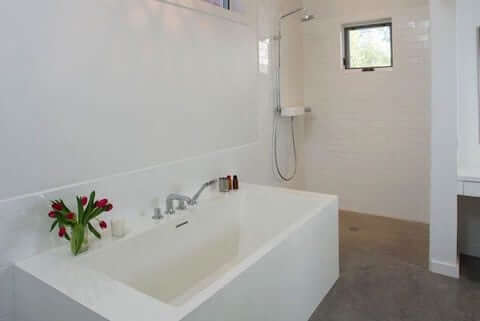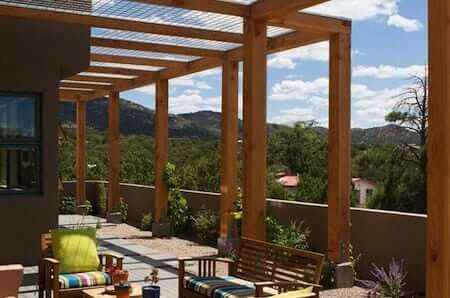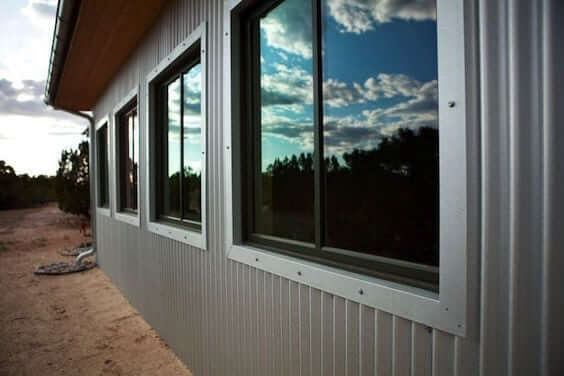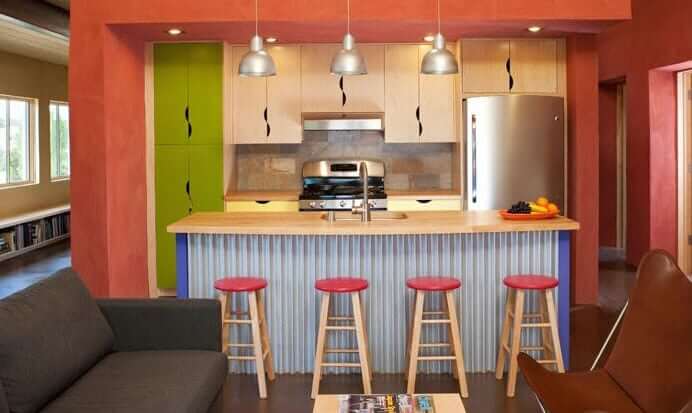Santa Fe is considered one of the most forward thinking in the country when it comes to water conservation policy and practice. Many of you may know that the city has had a toilet retrofit program in effect for many years. The purpose of this program is to accommodate new construction and renovations within the Santa Fe limits without adding new burden on the city’s existing water supplies.
How is this possible?
The Santa Fe Toilet Retrofit Program:
The retrofit program acts like a water bank of sorts. Those hoping to acquire a building permit for a new home in Santa Fe or renovation/addition—in which additional plumbing fixtures (i.e. sources of water consumption) are added—acquire the right to do that by purchasing toilet retrofit credits. These credits go to pay for the replacement of older non-conserving toilets with new water conserving fixtures (at no cost to the one’s whose toilets are upgraded).
Who doesn’t want a new, water-conserving toilet installed for free?
The net effect is the water demands of new construction are offset by increasing the efficiency of the existing city plumbing. This program has gained national recognition, with the National Association of Home Builders adopting policy to promote similar programs nationwide. This national effort was inspired directly from the success of our program in little, old Santa Fe.
Still, many argue this is not enough and we must do more to preserve our water resources. Sometimes this sentiment is (in my opinion, mistakenly) substituted with a zero growth/zero development battle cry. But without new construction our city would crumble, decay and become an irrelevant desert outpost, passed over by the innovators, entrepreneurs and forward thinkers on every front.
Smarter Construction Development in Santa Fe, And Everywhere:
Rather than resist development, a sounder approach is to enact smarter development. Development that continues to improve our efficiency, our ability to grow, while preserving our natural resources to the greatest extent possible.
Perhaps the toilet retrofit program is not enough. Perhaps we should go farther to conserve water. Luckily the 2012 version of the Uniform Plumbing Code (UPC) allows for innovative water conservation methods including the use of grey water for outdoor irrigation and the re-use of collected rainwater for not only outdoor applications but indoor uses as well. Flushing toilets (high efficiency ones) with filtered rainwater. What a concept.
This concept has been around for decades and has been practiced all over the world with great success. The City Different has not yet adopted the [entire] 2012 UPC as code, making it nearly impossible for the next generation of water conservation techniques to be employed here.
Adoption of the [full] 2012 UPC would require a simple vote of the City Council, thus making it much, much easier for builders to maximize water efficiency practices in the city limits. Ultimately adoption of the 2012 UPC makes for a future in which the next generation of water conservation is safe, reliable and attainable for average people in the City Different.








